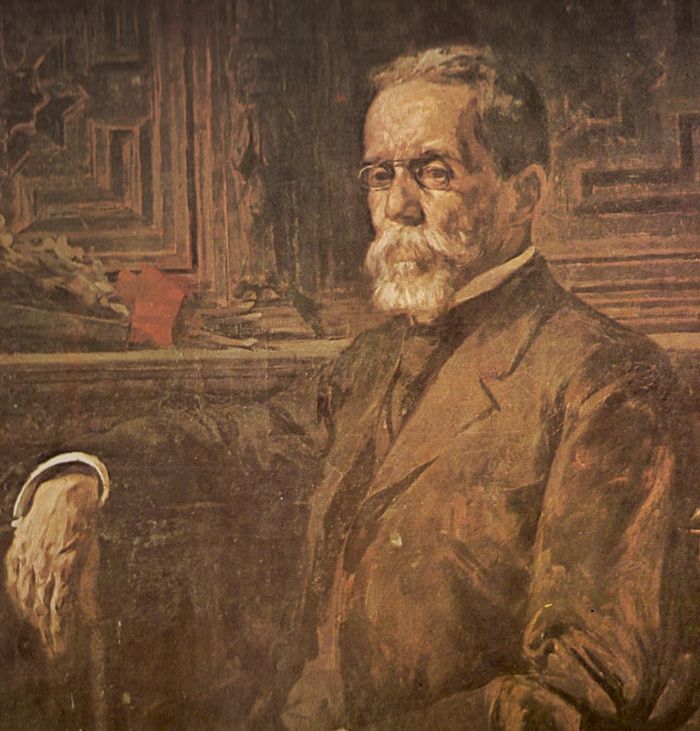Saksagan
Bulgaria’s Strong Commitment to Its Future
The people of Bulgaria faced a difficult situation, but they were determined to build their future.
Soldiers joined the army with great enthusiasm, and the...
The Ottoman Empire and Bulgaria
The Ottoman Empire played a role in shaping history by keeping Bulgarian patriotism and resentment strong. Sultan Abdul Hamid II ignored the treaty that...
A Story of Encouragement in Hard Times
I once read about a Christian who was being treated very unfairly. People misunderstood him and attacked his character, but he couldn’t do much...
Jesus Knows About the Lies Told Against the Christians
Jesus says, "I know the slander of those who say they are Jews and are not, but are a synagogue of Satan." At that...
Hard Times During the Great Depression
I clearly remember the Great Depression when I was in high school. Life was very hard. We didn’t have much food, and we couldn’t...
Signs of Losing First Love
The signs of losing first love are clear, and this is exactly what was happening at the church in Ephesus. We all go through...
The Story of Dr. Bob Munger
Dr. Bob Munger, who was the pastor of the First Presbyterian Church in Berkeley for many years, shared a powerful story with a group...
The Power of First Love
When John Newton realized that Jesus had forgiven him, he couldn’t believe it. It felt too wonderful to him. He wrote in his famous...
Commendation for the Church at Pergamum
In Pergamum, Jesus praised the believers for being faithful to His name. They stood strong in their belief in the deity of Christ despite...
Satan’s Throne in Pergamum
The reason Jesus said that Satan's throne was in Pergamum was because of the many heathen temples there. Most of these temples are in...














